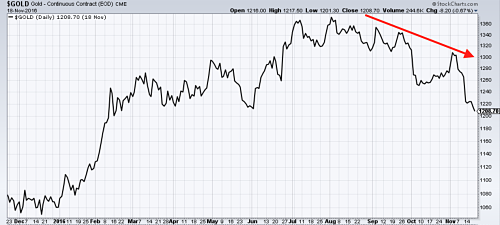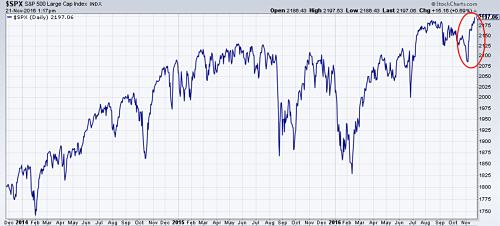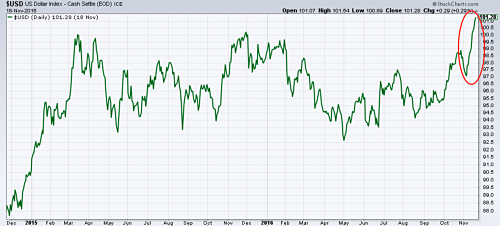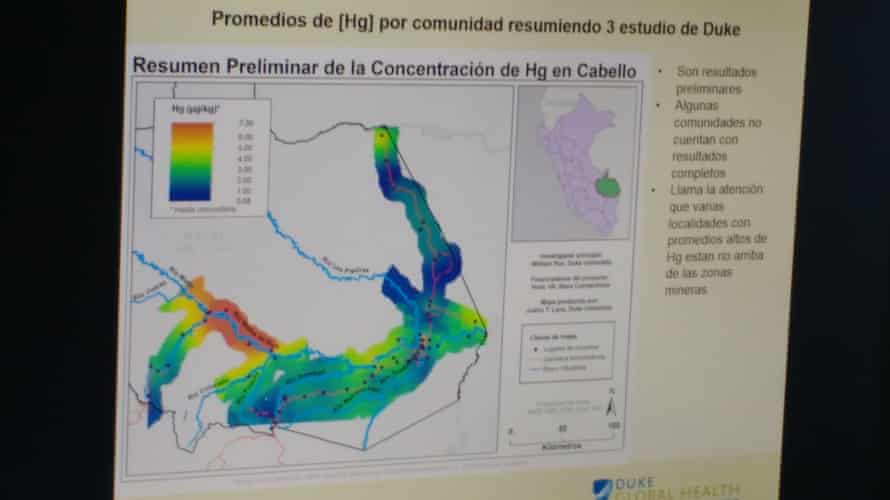BENONI (miningweekly.com) - The recovery of gold from mine waste at Goldplat Recovery in Benoni generates a surprisingly high level of revenue while simultaneously protecting the environment and providing hundreds of valuable jobs.
The London AIM-listed Goldplat, a bona fide junior producer from secondary material, last year generated revenue of R350-million (£20-million) by recovering 40 000 oz of gold from several forms of mine muck. (Also watch attached Creamer Media video).
The success of Goldplat, headed by CEO Gerard Kisbey-Green, lies in its many decades of institutional knowledge.
The profitable, debt-free gold recovery services company, guided by COO Hansie van Vreden and long-serving consultant Dr Bob Smith, takes the burden of environmental responsibility and liability off the shoulders of virtually every major gold mining company by turning to positive account mine woodchips, mill grease, liners, fine carbon, concentrate bags and other mine throw-aways and muck.
There are many mines that are still pumping fine carbon on to tailings dumps without realising that gold can be recovered from the fine carbon.
Surprisingly, Goldplat is able to do the proper and profitable gold recovery routine with the help of off-the-shelf equipment and a multiplicity of processing routes that come with years of experience.
The company, which has both gold mining and gold refining licences, is registered with the Precious Metals Regulator and the National Nuclear Regulator.
Recovered is the gold that finds its way into:
• the wood used as support in underground mines, which becomes caught up in the ore being processed;
• steel and rubber mill liners, which are used to protect the mill shell used in mine processing plant;
• mill grease, which when replaced is reprocessed to recover spillages of ore that have stuck to the grease;
• fine carbon, which becomes available when modern processing plants reprocess activated carbon for reuse;
• "vlei" material, surface material in the vicinity of mine processing plant that tends to accumulate in settlement ponds; and
• the clean-up of gold plants and rock dumps.
The multiplier effect elevates the 450-employee "green gold" company to such a height that it even helps to take things a step further for environment-cleaning companies like DRDGold, by taking in their waste materials for further processing and gold recovery.
Steel from mill liners is shotblasted to remove the gold concentrate and rubber mill liners incinerated and gold recovered from the ash.
Gold is also recovered from mine pond sludges and catchment dams, which mines cannot put through their standard leach circuit followed by carbon in pulp (CIP) because of the presence of "preg robbers" or carbon material that preferentially absorbs the gold.
An important consideration is radiation, sometimes caused by mill liners permeating into the ground.
Goldplat then offers the service of removing the material, recovering the gold and perhaps even paying the company something.
While mining companies are environmentally obliged to deal with their own waste arisings, few venture to do what Goldplat offers because of the complexities involved; some who have tried have incurred steep financial losses in the process.
Mining Weekly Online witnessed Goldplat putting waste material through crusher circuits, five different milling circuits and its own CIL circuits at the busy operation on 22 hectares in Benoni, which also has a rotary kiln, fluidised bed incinerator, sizeable elution plant, spiral plants, shotblasting facilities and a smelter that form parts of the many different processing routes.
After testing to establish assay, moisture content, recoverability and size, Goldplat buys the materials from the mine operator when they become available.
The waste residues that emanate from the various processing routes are placed on Goldplat's own on-site "tailings" facility, which has never been classified as a tailings facility but rather as a stock dam.
Over the years, the company has carefully monitored the exact content and location of the metals stocked in the dam and last year an independent consultant found, in a joint ore reserves committee (JORC) resource classification, that the stock dam contains 82 000 oz of gold, as well as significant amounts of silver and uranium, tallying well with Goldplat's own internal records.
That material will be processed once a new deposition site is finalised, the optimal one being a disused openpit right next door, which is itself an environmental problem and a headache for the government because of its use by illegal miners to access underground workings.
There have been many murders and deaths there and Goldplat has been working closely with the government to have that pit allocated to it so that it can deposit the tailings back there once it has reprocessed them.
The business has been built largely through internal profits. The company has not been
to the market for more than a decade and has self-funded its projects and maintenance expenditure.
Cash-flow positive and stable, the company is now keen to enter a growth phase.
"It's a good time to grow and we'll need to raise some capital for that in time," Kisbey-Green told Mining Weekly Online.
But the internal feeling is that it will not raise equity capital while its share price is at current levels.
Some years ago, its share price was 15 p a share. That fell to 1.75 p a share during the financial crisis. It is now back at 6 p a share, but the company is unlikely to raise equity capital until a price of 10 p a share or more is reached.
It is consequently contemplating innovative ways of raising debt or some other funding.
Besides the operation in Benoni, Goldplat has another recovery business at Tema, in Accra, Ghana, for which it is sourcing material from South America and North America.
It also intends sourcing material from the rest of West Africa and East Africa, where it has a contract with a gold mine in Tanzania.
In South Africa, all of the major gold-mining companies, with the exception of Harmony Gold, are Goldplat clients.
Many of these companies are also in West Africa, and some of them are in South America and Australia.
"A nice entry into a new region is to follow our existing clients because they know us, understand us and trust us.
"We've done business with them and have contracts with them, so it's very easy to leverage those relationships into the new regions in the first instance. Then once you've got business going, then you look to the other clients as well," Kisbey-Green commented.
The South African Goldplat Recovery company is 26%-owned by black economic empowerment company NMT Capital, which has three nonexecutive directors on the board, one being the chairperson of the company, Sango Ntsaluba.
Goldplat GM Esau Mokoteli joined the group in April from the AngloGold mine Savuka on the West Wits.
Smith, a founding member of the company, was joined three and a half years ago by COO Van Vreden, formerly of AngloGold Ashanti, where he was a bursar and worked for ten years, including at Sunrise Dam in Western Australia.
Smith pioneered the commercialisation of the carbon-in-pulp (CIP) gold recovery process at Modderfontein 74, which later became Consolidated Modderfontein Mine, as part of Lucas Pouroulis's Golden Dumps company.
"The commercial CIP plant was built on this site," Smith recalled.
Gold Recovery Ghana is considerably smaller than the South African recovery operation.





